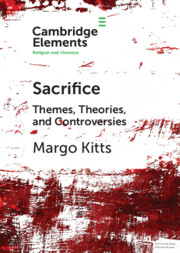Element contents
Sacrifice
Published online by Cambridge University Press: 07 July 2022
Summary
Keywords
- Type
- Element
- Information
- Online ISBN: 9781108997041Publisher: Cambridge University PressPrint publication: 28 July 2022
References
- 5
- Cited by

